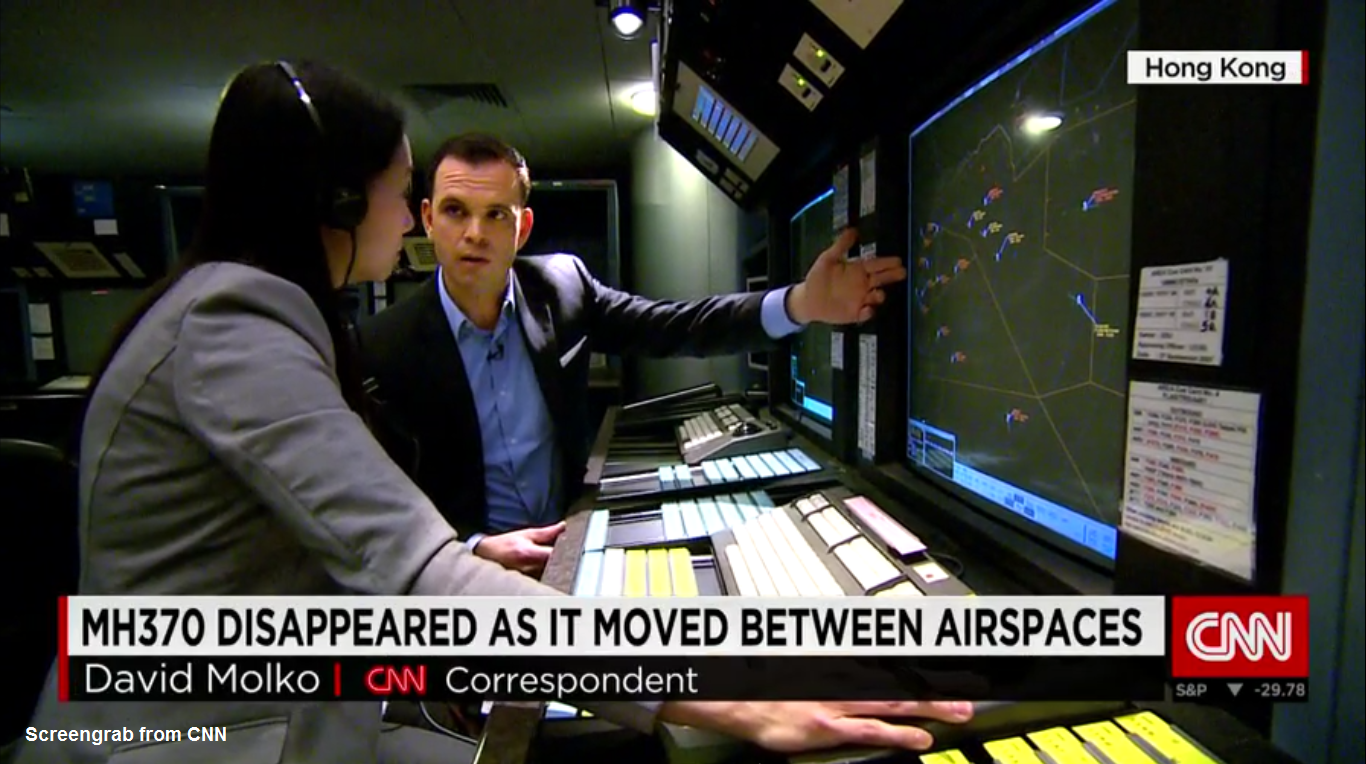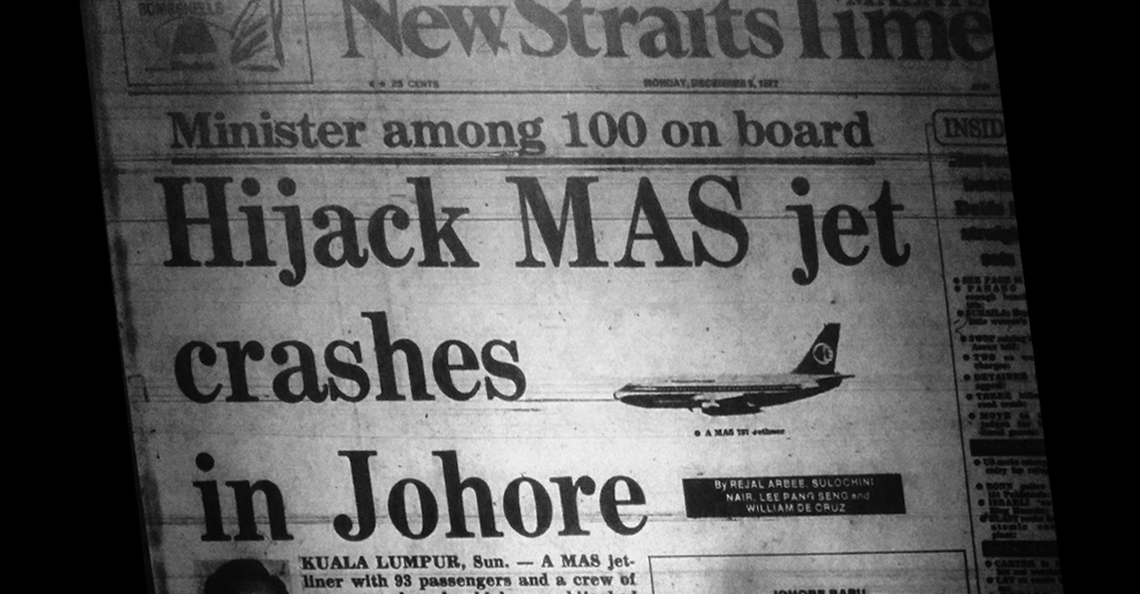There’s a hopeful new search to find MH370, but how different is it from previous efforts?
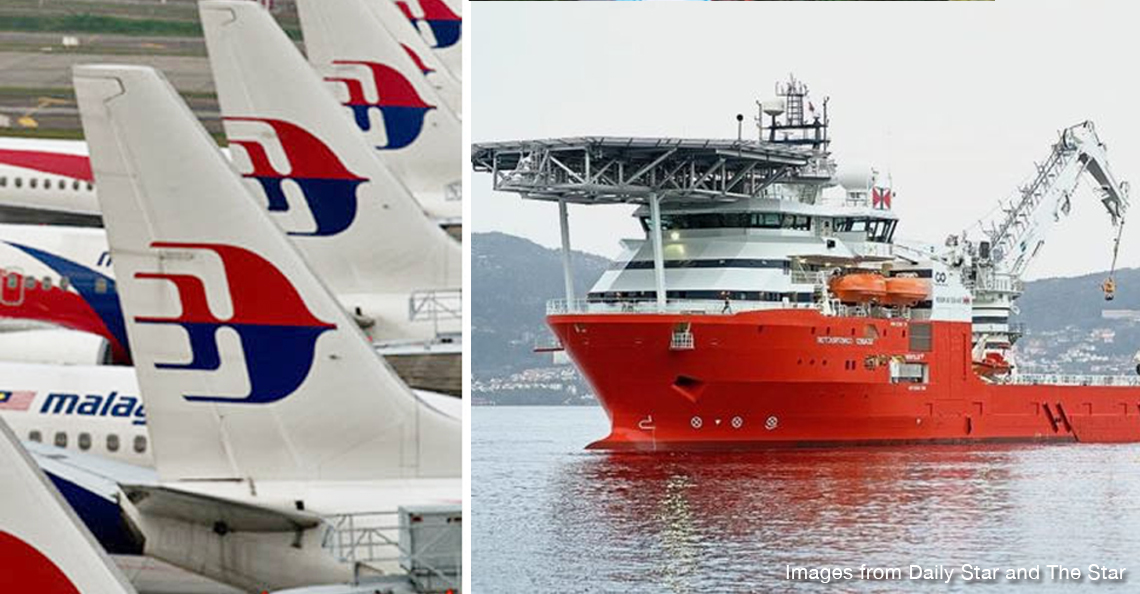
- 725Shares
- Facebook622
- Twitter9
- LinkedIn27
- Email16
- WhatsApp51
It’s been nearly four years since MH370 went missing on 8 March 2014. But until the black box is found, no one will ever know what had caused that fateful flight bound for Beijing to end up in the Indian Ocean.
However, for the last 3 years, the Malaysian, Australian and Chinese government have been searching high and low to find MH370 to no avail. But maybe not for long….
As of January 2018, a new search for MH370 is currently undertaken by a US company called Ocean Infinity, and they aim to find the black box or the wreckage in 90 days. Really? Can or not?!?!?
Before we talk about Ocean Infinity, we need to know a little bit about the previous search effort to find MH370.
The search so far…
Going through the entire history of the search efforts of 3 years is enough to fill an entire wiki page, so here’s a shortened version for ugaiz.
In March 2014, a search around Southeast Asia started a few hours after MH370 was reported missing when heading towards Vietnamese airspace. More than 50 ships and aircraft from 26 countries were scrambled to look for debris from MH370.
When Malaysian military radar confirmed that MH370 may have deviated from its flight path and headed towards the Indian Ocean, the search area was relocated there, near Australia. The search effort from here on was headed by Australia, and divided into 3 phases.
- Phase 1: Starting in March 2014, ships and aircraft from Australia, the United Kingdom, the United States, China, Japan, New Zealand, and South Korea performed a surface search for debris on a search area of 4,500,000 sq km.
- Phase 2: On April 2014, 3 ships tried to locate the underwater locator beacon (ULB) that were attached to the black box of MH370. A ULB is a device that sends out an ultrasonic signal (also called a ping) when it is immersed in water. A few pings were detected by Australian and Chinese ships over the combined search area of 217,000 sq km, but were later determined to be false pings or pings that did not come from MH370. The search for the ULB was suspended about 2 weeks later when experts believed that the battery of MH370’s ULB would have expired and stopped emitting pings.
- Phase 3: From October 2014, two companies (Dutch company Fugro and Australian company Phoenix International) were contracted to conduct sonar scans to map out a search area of 60,000 sq km near the Broken Ridge of the Indian Ocean. These scans were done by sonar equipment towed by ships or with an autonomous underwater vehicle installed with sonar equipment to make high resolution maps of the seabed. After almost scanning the 60,000 sq km of the search area, another patch of 60,000 sq km was scanned.
Then, in January 2017, the total 120,000 sq km was scanned with no wreckage found and the 3 governments jointly announced that all search efforts for MH370 was to be suspended until new evidence was found.
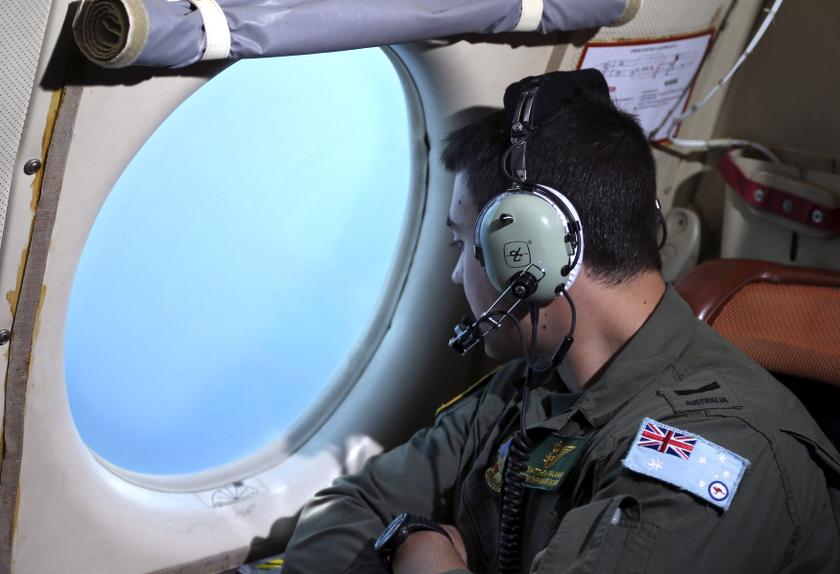
Why izzit so hard to find MH370?
With a combined total of over a 1,000,000 square kilometers searched by air, sea and underwater over a total period of over a 1000 days, why hasn’t MH370 been found?
Firstly, it was hard to pin-point the location of where MH370 actually is. Due to the lacking amount of data and communication with MH370 before it got lost, the search area was changed multiple times from Southeast Asia to different parts of the southern Indian Ocean, so the only reliable method to find the wreckage was by making a large estimation of the possible search area and using the process of elimination to ensure that was not where MH370 had landed.
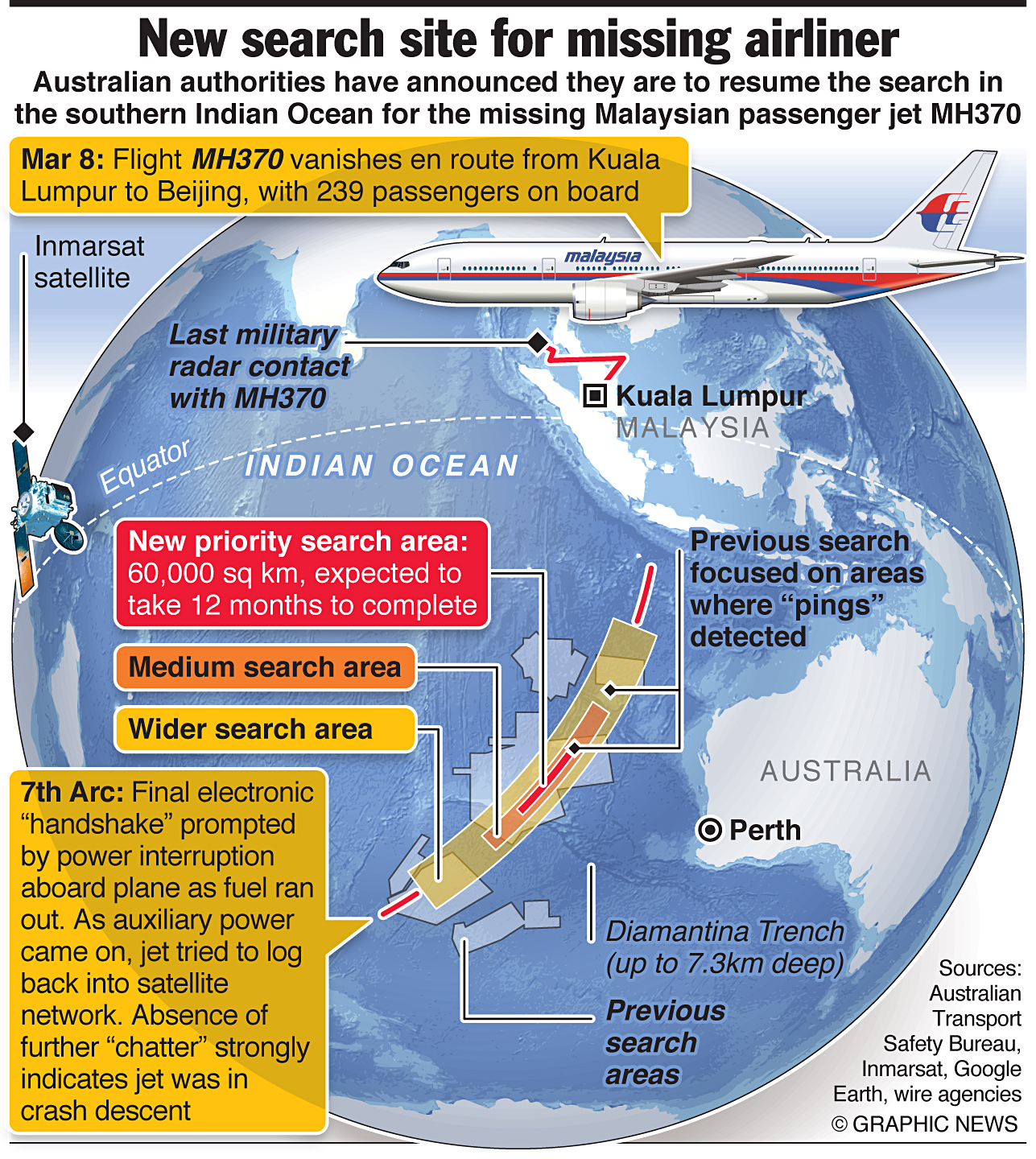
Secondly, the parts of the Indian Ocean which was the search area were largely uncharted territory and often had harsh weather conditions. To make things even more complicated, the underwater topography were more varied in depth than anticipated, so it made certain methods of sonar scanning ineffective, if not dangerous.
Lastly, the technology used during the search had its limitations during the search. The towed sonar beacons meant it had a limited depth which was ineffective when met with parts of the search area that were deeper. Not only did it have a limited range, but it was easy to get lost. While the AUV could traverse through various depths, it was susceptible to bad weather conditions and was unusable during the winter months.

So why is the Ocean Infinity so different?
Ocean Infinity is a US company that largely deals in the oil and gas business, but it’s main specialty is to map out seabeds with high accuracy and productivity. Although they would still meet the same challenges as the previous search effort, but it might have also made it more likely for Ocean Infinity to find MH370.
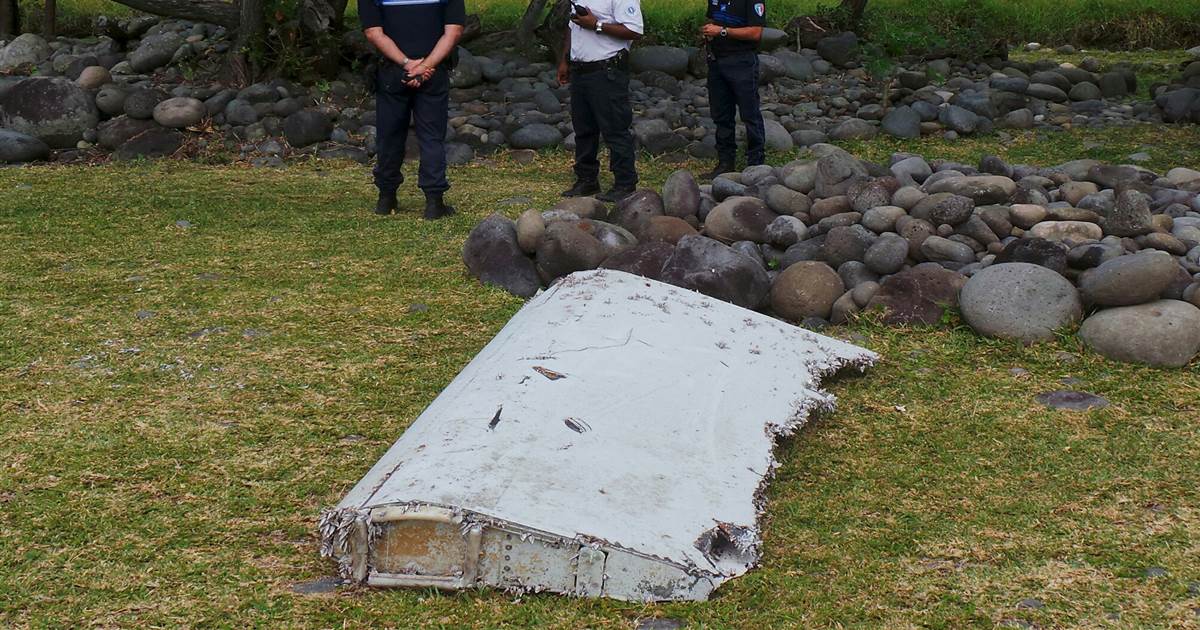
In terms of location, the discovery of the MH370’s flaperon at Reunion Island was a big clue in narrowing down the search area on the Indian Ocean. Using models to calculate the drift and current that brought the flaperon to the island, experts were able to deduce to some degree where MH370 landed and they have narrowed it down to an area of 25,000 sq km near to where the last search effort was focused on. This would be the search area for Ocean Infinity for this search.
Instead of using towed sonar scanners, Ocean Infinity has a fleet of 8 high-tech AUVs , which meant that it would be able to scan the seabeds of any depth. According to the Ocean Infinity CEO, the AUVs are able to cover about 1,200 sq km in a day, which is about 4 times faster than the methods of the previous search effort.
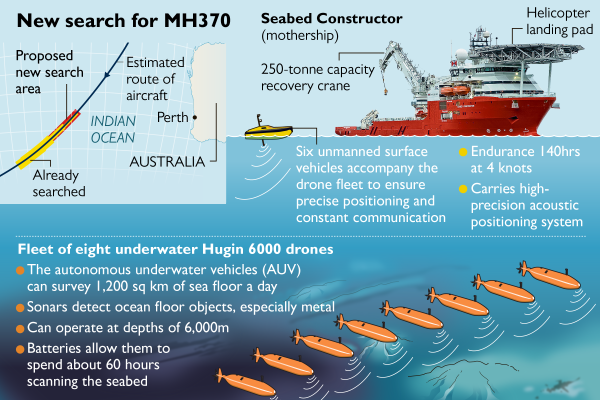
However, even with all this going for them, Ocean Infinity is not truly confident that their search would be able to find MH370:
“I can’t say how many percent (of success) but we believe we have a realistic prospect (of finding the plane),” – Ocean Infinity CEO, Oliver Plunkett, quoted in The Star.
How much would all this cost to the already most expensive search effort? According to the agreement signed between Ocean Infinity and the Malaysian government, if the black box or wreckage is found, it could pay from $20 million up to $70 million. But if there is no wreckage or black box, not a single cent would be paid!
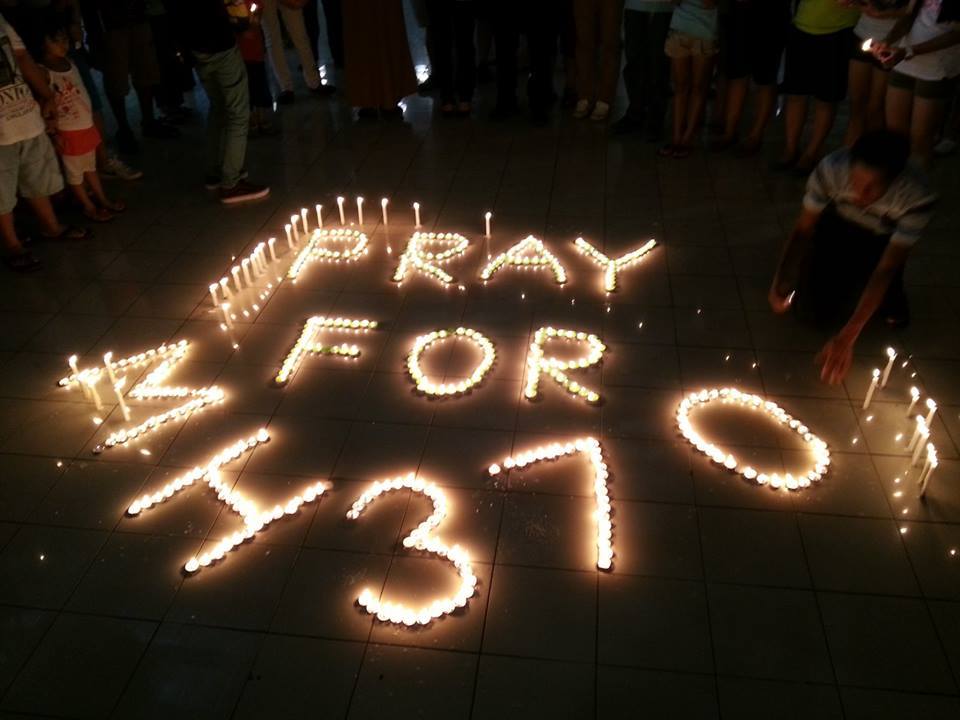
Whether they find it or not, it’s about not giving up hope
It might be easy to be cynical that MH370 would never be found, and to believe in the conspiracy theories (there’s a wiki for that too!) for why the truth would be covered up. However, for the families who had someone on that plane, they are still not giving up hope that they would find closure on what happened to their loved ones on that flight after so many years.
The previous search effort for MH370 has already become the most expensive search effort for a missing aircraft, costing up to $170 million (bore mostly by Malaysia). Even if it costs the Malaysian government a large sum of money, they have shown commitment to get to the bottom of what happened to MH370, and we would all like to see the nightmare end for these families.
- 725Shares
- Facebook622
- Twitter9
- LinkedIn27
- Email16
- WhatsApp51


